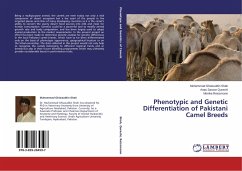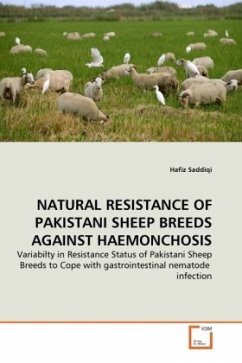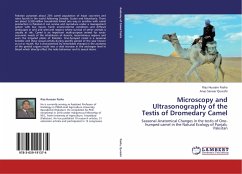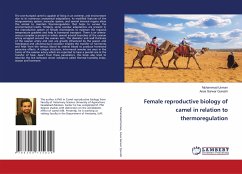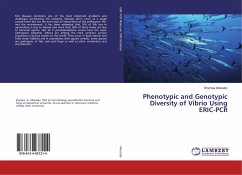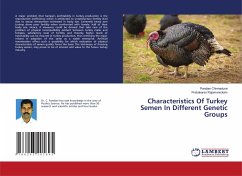Being a multipurpose animal, the camels are even today not only a vital component of desert ecosystem but a live asset of the people in the irrigated planes and cities of many developing countries as it is the camel's ability to convert the scanty desert food sources into milk and meat for human consumption. Genetics could be a powerful tool to modify animal growth rate and body composition, and has been largely used to adapt animal production to the market requirements. In the present project an effort has been made to determine genetic analysis for genetic differences in the local Pakistani camel breeds, which have so far been differentiated only on the basis of phenotypic appearance, geographical location or on the tribal ownership. The data collected in this project would not only help to recognize the camels belonging to different regional herds and or breeds but also in their future breeding programmes which may ultimately provide considerable boost in performance traits.
Bitte wählen Sie Ihr Anliegen aus.
Rechnungen
Retourenschein anfordern
Bestellstatus
Storno

